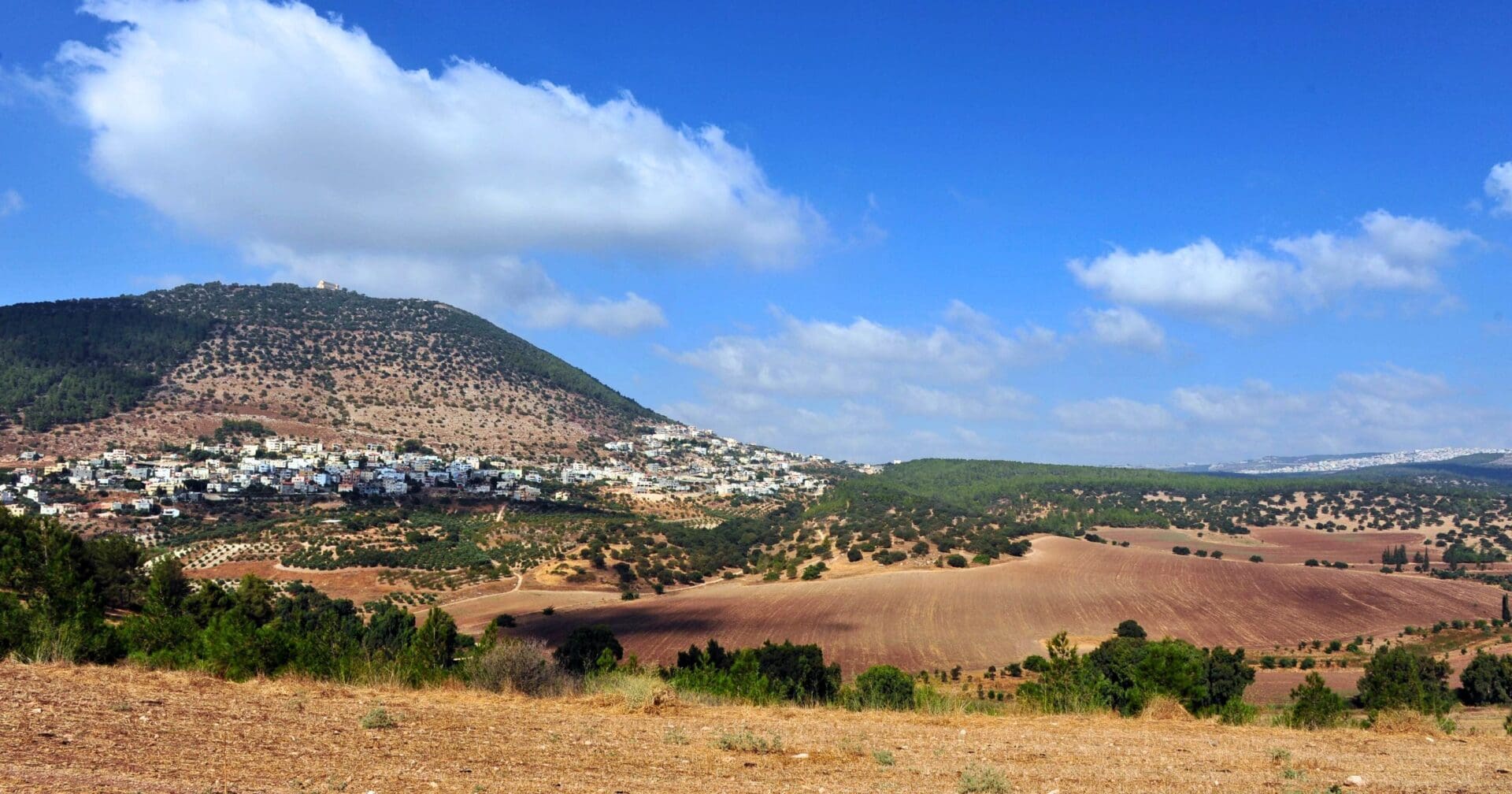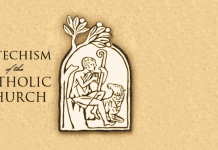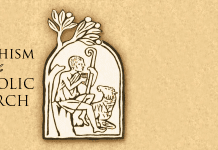It’s a common term most people use to refer to the end of the world, but its actual true meaning is a little bit different. The Book of Revelation prophesies that an end-times battle will be fought at a place called “Armageddon”.
However, Armageddon isn’t just an abstract term used to describe the final battle between good and evil, but actually a real place in Israel.
“They then assembled the kings in the place that is named Armageddon in Hebrew.” – Revelation 16:16
The word Armageddon is a corruption of the Greek word Harmagedon that is itself derived from two Hebrew words, Har Megiddo, meaning “the hill of Megiddo.” The hill of Megiddo is a real place in northern Israel, about twenty miles south-east of Haifa, called Tel Megiddo. Megiddo is an archaeological tell, or artificial mound made by means of continuous human settlement for hundreds or thousands of years.
Rising about 200 feet above the ground with an area of 15 acres, Megiddo was occupied continuously from 6000 B.C. to around 500 B.C. During that time, entire cities were destroyed and rebuilt multiple times. In fact, archaeological digs have revealed the remains of at least twenty cities built on top of each other.
Megiddo has special importance because of its unique strategic position overlooking the passageway through Mount Carmel. Because of this, it became a key crossroads for both trade and military routes. Throughout the ages, it was highly desired by military leaders and was the point of contention for over 200 epic battles. In fact, the first reliably recorded battle in history was when Pharaoh Thutmose III conquered Canaan in the 15th century BC, saying “Capturing Megiddo is as good as capturing 1000 cities.”
Because of the areas intense history, it gradually became a place of symbolism for the final conflict between God and the forces of the evil, and even more generally referring to the end of the world. In fact, the hill is so synonymous with warfare and apocalyptic destruction that when Napoleon Bonaparte laid eyes upon it his first words were:
“All the armies of the world could maneuver their forces on this vast plain. There is no place in the whole world more suited for war than this. It is the most natural battleground of the whole earth.”
Today, Tel Megiddo is a protected national park and UNESCO World Heritage Site, visited by thousands of Christian pilgrims each year for its eschatological significance. Those that visit can see the vestiges of the ancient cities such as remains of Canaanite temples, the Canaanite city gate, Solomon’s Stables, and the Megiddo church, one of the oldest churches ever discovered dating to the third century AD.
Photo credit: ChameleonsEye / Shutterstock.com


















Have mercy Oh Lord… ⬆️
[…] Martin Promotes Iconographer of “Gay Saints” – Joseph Sciambra According to Bible, This Is Where Battle of Armageddon Will Happen – Billy Ryan, uCth John Mahoney, Maybe His Catholic Faith was Relevant in Obits? – T. […]